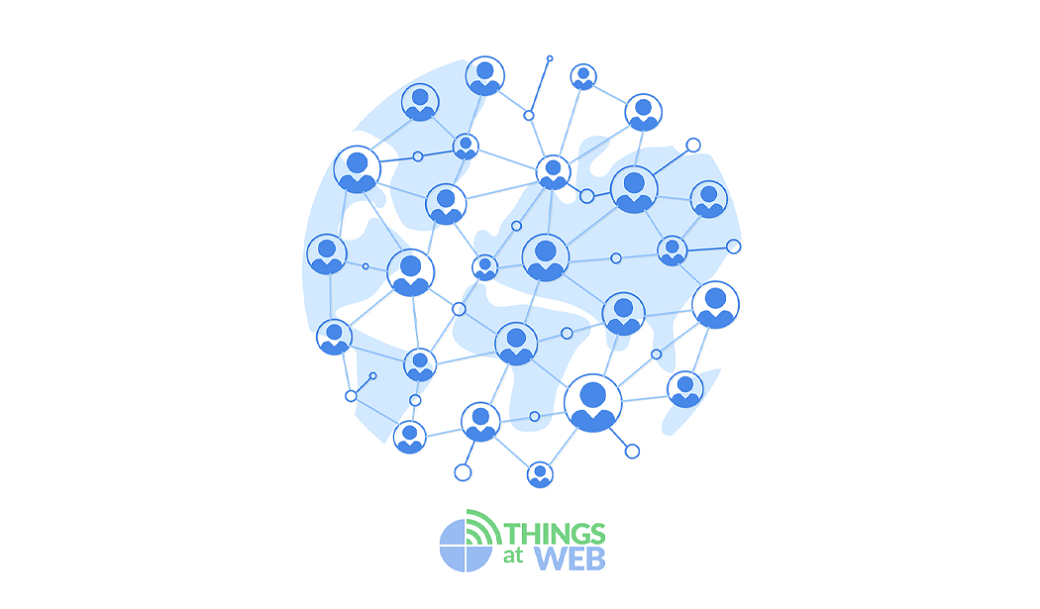Before we discuss different kinds of protocols, we should understand what HTTP is. HTTP stands for Hypertext Transfer Protocol. This layer 7 protocol is designed for hypertext transfers between systems. It follows the client-server model. Most data sharing over the web occurs through HTTP. TCP is a layer 7 protocol that provides reliable stream delivery by using sequenced acknowledgment. This protocol establishes a connection between applications before sending data. This protocol is commonly used for communicating over networks and has several applications, including emails, FTP, streaming media, and video, communication protocol.
Synchronous
While synchronous communication is great for time-sensitive situations, it can also improve team ties and foster new ideas. Its primary benefits are real-time communication and the ability to listen to one another. This is why some companies are shifting towards an async-first culture, and many are already doing so. But what is asynchronous communication, and how can it benefit your team? Let’s examine these questions in more detail.
Intrasystem
There are three different types of intrasystem communication protocols. Listed below is a brief description of each protocol, their uses, and how they differ from each other. These protocols are widely used in computer networks. However, not all systems can benefit from each other. To determine which protocol works best for your environment, you should consult a professional. The following table compares the different types of intrasystem communication protocols.
Common Industrial Protocol (CIP)
The Common Industrial Protocol is an industrial automation protocol supported by ODVA. It is used by many manufacturers to automate processes and communicate with each other. But why is CIP important? And is it necessary to automate processes? Here are three reasons why: And how can you benefit from CIP? Read on to learn more. Read on to learn how CIP can help you automate processes. But first, let’s discuss why it is important to automate processes.
Layering scheme
The Internet protocol suite is made up of different layers, which make it possible for them to interact with one another in different environments. Layers are represented by arrows indicating the flow of information from one component to another. The two top horizontal red arrows represent virtual layer boundaries, while the bottom three are physical layer boundaries. The layers can be grouped into different groups according to their roles in different situations. However, it is crucial to note that the layering scheme is not required for all protocols.
Address-naming domains
In the context of network addressing, name resolution is the process of resolving a name string to a particular address. This process is application-independent, but there are some circumstances in which conversion is not desirable, such as encryption. A name service is a network service that resolves a name to a particular address. Its purpose is to ensure the correct naming of data sent and received over a network.
CAN
CAN Communication Protocol and Various Types is a standard for communicating vehicle data with other vehicles. There are four types of CAN messages: basic, extended, and remote. Standard CAN messages are eleven bits in length. Each message contains an identification number (ID) that corresponds to the data it contains. The identifier is stored in a field called the message identifier. The transmission node checks this number to ensure that it has the right message and sends it onward.
HART
The HART Communication Protocol is a hybrid analog-digital open industrial automation protocol. It can communicate over legacy 4–20 mA analog instrumentation current loops and even share analog-only host system wires. There are two main types of HART communication protocols: analog-only and hybrid-digital. In this article, we will discuss the two types and their uses. Hopefully, you’ll understand the benefits of each.
Serial
Serial communication is the method of sending data one bit at a time, sequentially. It takes place over a communication channel, such as the computer bus. By contrast, parallel communication involves sending data in parallel through a link with parallel channels. Its primary advantage is that it allows faster data transfer. In addition, serial communications are more secure than parallel ones. This article explains serial and parallel communication and how to select the appropriate one for your needs. You will also be able to perform TP-Link Login as per router login. one, which offers a 3G/4G association with different remote gadgets simultaneously.

